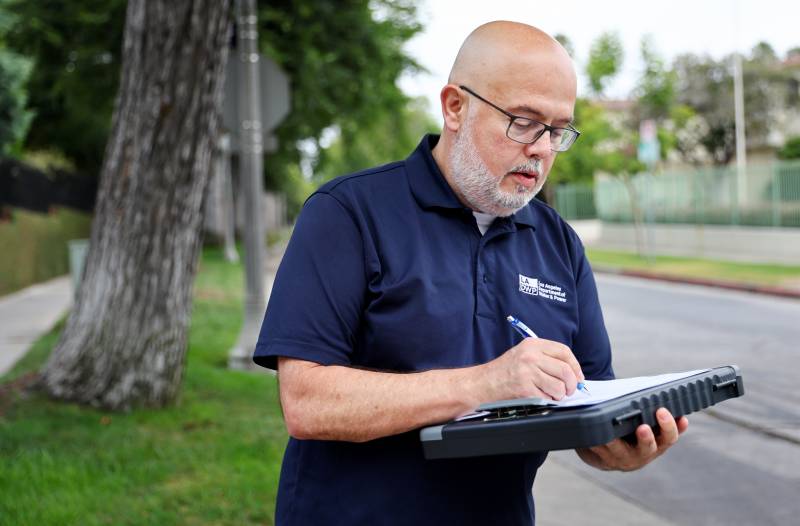Also in June, the Water Board banned the use of potable water on “decorative or non-functional grass” at commercial, industrial and institutional properties across the state.
“I think the numbers are definitely heading in the right direction,” said Dave Eggerton, executive director of the Association of California Water Agencies.
“It’s positive and only getting better,” said Eggerton, whose association represents hundreds of water systems that collectively deliver about 90% of the state’s water to residential and commercial users.
Water Board chairman E. Joaquin Esquivel said June’s conservation numbers are heartening since they come on the heels of two months, March and April, when statewide water-use numbers rose by 18.7% and 17.8% respectively.
“What is important to see is that turnaround,” Esquivel said. “We did pass in late May our regs; all water agencies are now at Level 2 of their Water Shortage Contingency Plan and we began banning the irrigation of non-functional turf.”
In June, all of the state’s 10 hydrologic regions reported a decrease in water use — the Bay Area heading up the list with 12.6%, followed by the North Coast and San Joaquin River regions with a bit over 10% each.
Marin County residents saved the most at 24.7% in May. Napa and Sonoma counties also beat Gov. Gavin Newsom’s targeted 15% conservation goal.
San Francisco and Solano lagged behind, each at only around 5% savings.

